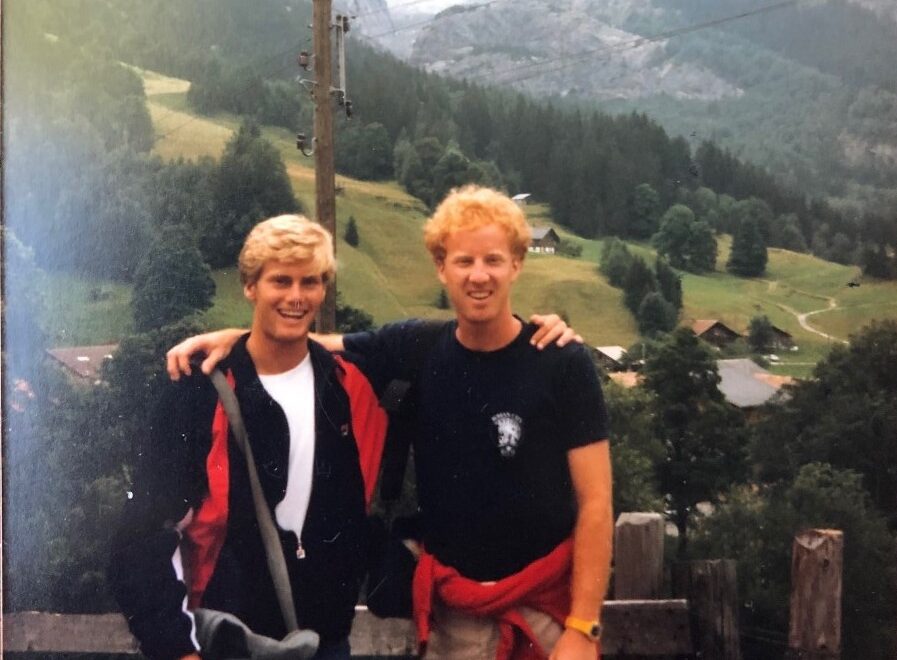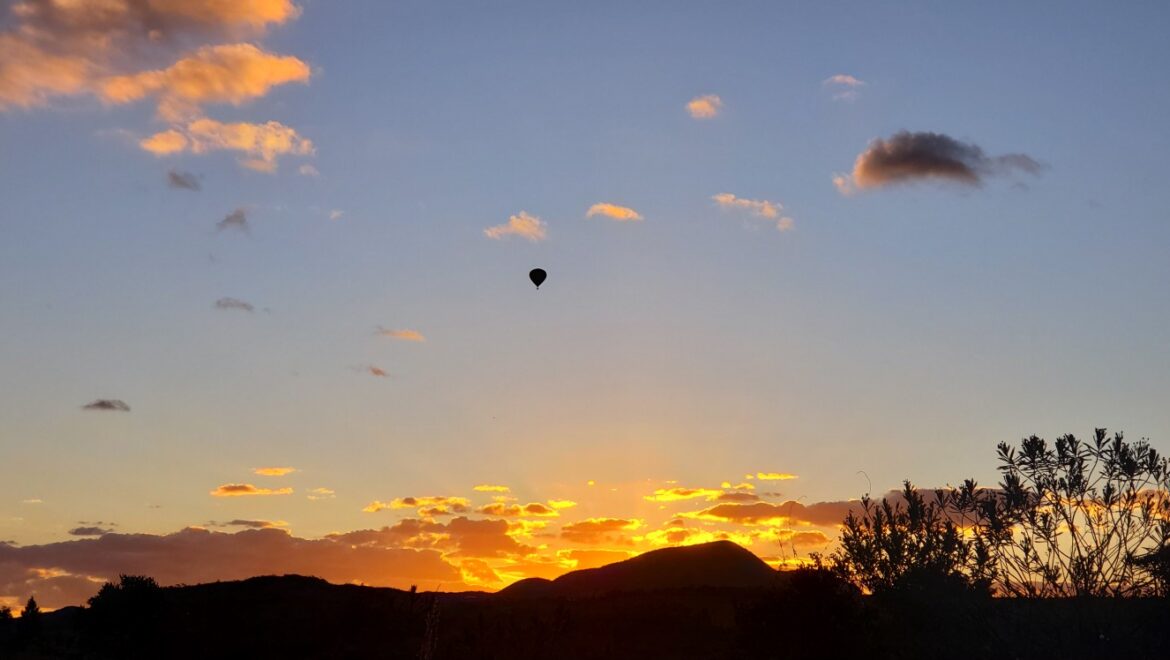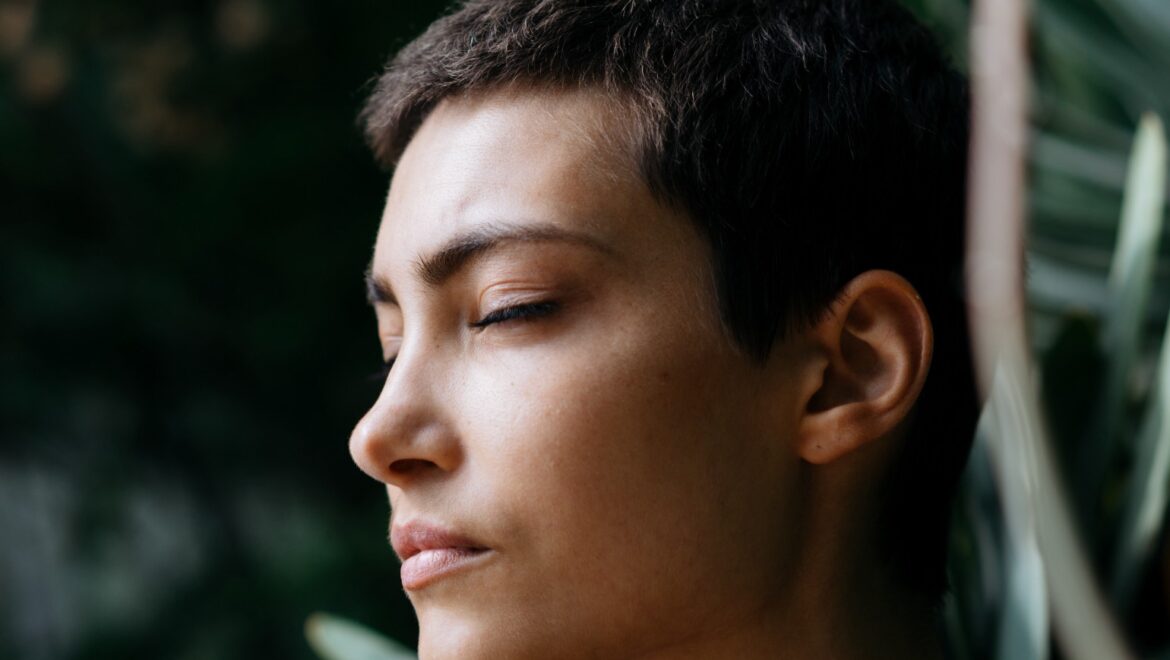A Stress-relieving Benefit of Spirituality: Easier Decision-making
We make decisions every day. Some small. What should I have for lunch? Some big. Should I marry this guy?
It’s my experience that most people have a hard time with decisions, especially the big ones. They agonize.
And the reason is obvious, though people don’t necessarily think of it this way. They agonize because they think if they “get it wrong” they won’t be okay.
“What if I marry Mike and he turns out to be a total bore? And we have kids and get all entangled in each other’s lives. Then what? I’ll be miserable forever.”
“I’m pretty happy in this job, but the upside of the one just offered is way higher. I could make a ton of money. But I don’t know the people there and it could be a huge disaster.”
“The three bedroom house is nicer and in a good neighborhood. But it’s more expensive than the four bedroom which is more practical for our family. So it’s higher mortgage, less space but I love the house versus lower mortgage, more room for kids, but not as nice. AAGHH!”
Does this sound like you?
It’s big AND small decisions
And it’s not just the big decisions, though those definitely cause more angst. You’re at a restaurant and you’re deciding between a steak and the halibut special, which could be great but has a mango salsa that you’re not sure about.
Or even what movie you go see. The romcom with Jennifer Aniston which will be okay but not great? Or the WW II drama with Cate Blanchett and Clive Owen that might be great and might be a snoozer?
Most people aren’t okay inside
Here’s the not-so-pleasant truth underlying this dynamic: We, meaning most of us, are not okay inside. If we were, then things like steak vs. halibut and even marry Mike or not wouldn’t torment us.
If we were okay then we’d handle all decisions with the same attitude: It doesn’t really matter what I choose because I’ll be okay either way.
If my dinner sucks, if the movie sucks and even if Mike turns out to be the wrong guy, I’ll be okay. Why? Because I’m okay inside.
Spirituality is about feeling okay inside
And that’s where spirituality enters the discussion. Because what spirituality is all about is working on getting to that place where you’re okay inside, regardless of what’s going on outside.
One way of looking at the spiritual path is that it’s about chipping away at and quieting our egos. Meditation, mindfulness, mantras, affirmations, yoga and all kinds of practices help us do that.
Our egos feed on fear
The driving force of the ego is fear. “What if Mike’s the wrong guy?” “What if this new job is a disaster?” “What if the halibut is terrible and I’m in a bad mood for the rest of the night?”
By reducing the strength of our egos, spiritual practices help us get to that fantastic place where what happens in the external world doesn’t matter as much. We feel good…just because.
Feeling okay is our natural state
Most of the great spiritual teachers like Mickey Singer, Ram Dass and Yogananda teach that this sense of ‘okayness’ is our natural state. That the development of ego throughout our lives takes us away from that natural state. And that the whole point of life, and spirituality, is to work on getting BACK to that natural state.
All my spiritual work has paid huge dividends in the decision realm. One example comes from a few years ago when my wife and I decided that it was time to get out of Hollywood.
Three fantastic options
We decided on three potential places to move: Washington, D.C. (where we met and both lived for many years), Boulder, Colorado, and Newport Beach in Southern California. Three fantastic options.
We finally decided on Newport Beach, partly because I had grown up here and had three siblings living here. And also because it’s beautiful, with great weather and is a good place for kids to grow up, as long you don’t spoil them…and we DON’T!
But all three would have been great places to live. Which you’d think would make this a gut-wrenching decision.
A non-agonizing decision
It wasn’t. We talked about it for a while then went with Newport, with the attitude of ‘we’ll make the best of it.’ As we would have had we chosen Boulder or DC.
I hadn’t been like that in my pre-spiritual work life. I was more of the pro-con list on yellow legal pad type who hashed everything fifty ways to Sunday. Life is so much easier and less stressful now.
The takeaway
Which is really the point of this piece. It’s about incentivizing anyone reading this to get going on these spiritual practices, particularly meditation and mindfulness.
Think of how great it would be if you didn’t fret over any decisions. Because you knew you’d be fine either way.
Let that sink in…










